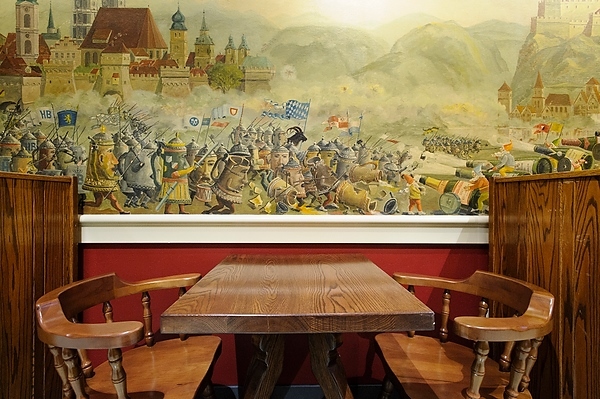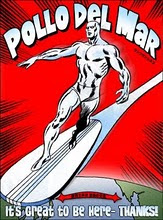This August is the 40th anniversary of the bombing at Sterling Hall in Madison.
Sterling Hall houses the Physics Department at the University of Wisconsin (I had a year of physics there as part of my undergrad chemistry curriculum). The street shot linked above shows the stately western facade of the building. Around the back of the main building is an annex which houses laboratories, and until 1970, the
Army Math Research Center.
Army Math was targeted by the bombers with a truck-load of fuel oil and fertilizer (the same concoction used 25 years later by the Oklahoma City Bombers). The bombers did over $2 M in structural damage, hurt 5, and killed one:
Robert Fassnacht, a postdoctoral fellow working through the night on a physics experiment unrelated to the
AMRC.
Some news reports said that the blast was heard up to 50 miles away. I was 10 at the time and we lived about 8 miles directly west in Middleton. I don't remember the blast (it was the middle of the night) but I sure do remember the
next day. I vividly remember the TV news reports that night on CBS and even recall that Walter Cronkite had a substitute that evening (Walt must have been vacationing). Oddly, this event was the first time that I fully realized that
my insular little childhood world was part of a greater violent and news-hungry world.
The
bombers terrorists dubbed themselves the New Year's Gang and were a small circle of students and local misfits. There is good background info at
Wiki, and also
here. The same bunch also tried to bomb
Badger Ordnance using a stolen Cessna plane which took off from the Middleton airport. That bomb failed to explode and was found with fingerprints that ultimately connected back to the Sterling Hall bombers. Of the four Sterling Hall bombers, three were caught but one of them, Leo F. Burt, still remains at large.
Only much later did I appreciate what
Fassnacht must have been doing there that night-I did similar things years later as chemistry researcher. Sometimes you just had to pull those all-
nighters to get the data. But unlike me,
Fassnacht was married with kids, which must have made it even worse. Science graduate students and families are typically poor, and are banking on the breadwinner landing a real paying job one day. It must have been just devastating for his family. I'm cheered to see that part of the community arose to help that young family back then the next day. But part of the community didn't react that way then and now I'm even wondering whether vestiges of
that community still linger on.
Fast forward about ten years. In 1979, as a
UW undergrad, I attended a premiere screening of
The War At Home, an Oscar-nominated documentary which regales the anti-war movement in Madison. The screening was held at the Union Terrace Theater. The film "starred" ring-leader
Karleton Armstrong and a number of Madison political luminaries, some of whom had morphed from local student radicals into a local mayoral administration. Some of them were even in attendance, whom I recognized because I was involved with a now defunct newspaper called the
Madison Press Connection.
The film itself was mediocre (of course it had a great sound track-just like the 60's did) and it caught some critical flak right off the bat because the filmmakers had overdubbed the thudding sounds of police billy clubs hitting student bodies into some of the historical protest footage (you, know, so we'd feel
their pain better). At the time I was considerably more neutral politically and even more tolerant than I am now. But what struck me then (and what I'll never forget) is the closing or penultimate scene in the movie when the mug shots of the four
perps are shown. The filmmakers had the audacity to interject a blacked-out photo frame instead of Burt's mugshot during this sequence as if to say: "we're covering for you man; we're not gonna give you up man." Worse, many in the audience erupted in cheers and applause at this gesture.
I'm not sure that Madison has ever had full closure with the events of almost 40 years ago, nor whether it is even possible. The same student newspaper that instigated the belief that Army Math was somehow complicit in war crimes still foments
trouble. The Sterling Hall bombing is like a festering scab on Madison's history. Not until 2007 was there even a
plaque or memorial commemorating the event, though the physical scars have long been
evident (I found them as a student and would often contemplate them as I walked between buildings).
I await the events of this coming summer and whether somebody will step forward and claim more responsibility for the insanity of 40 years ago.




